Blue Book trainees explore Albania’s cultural heritage at the Ethnographic Museum of Kavaja
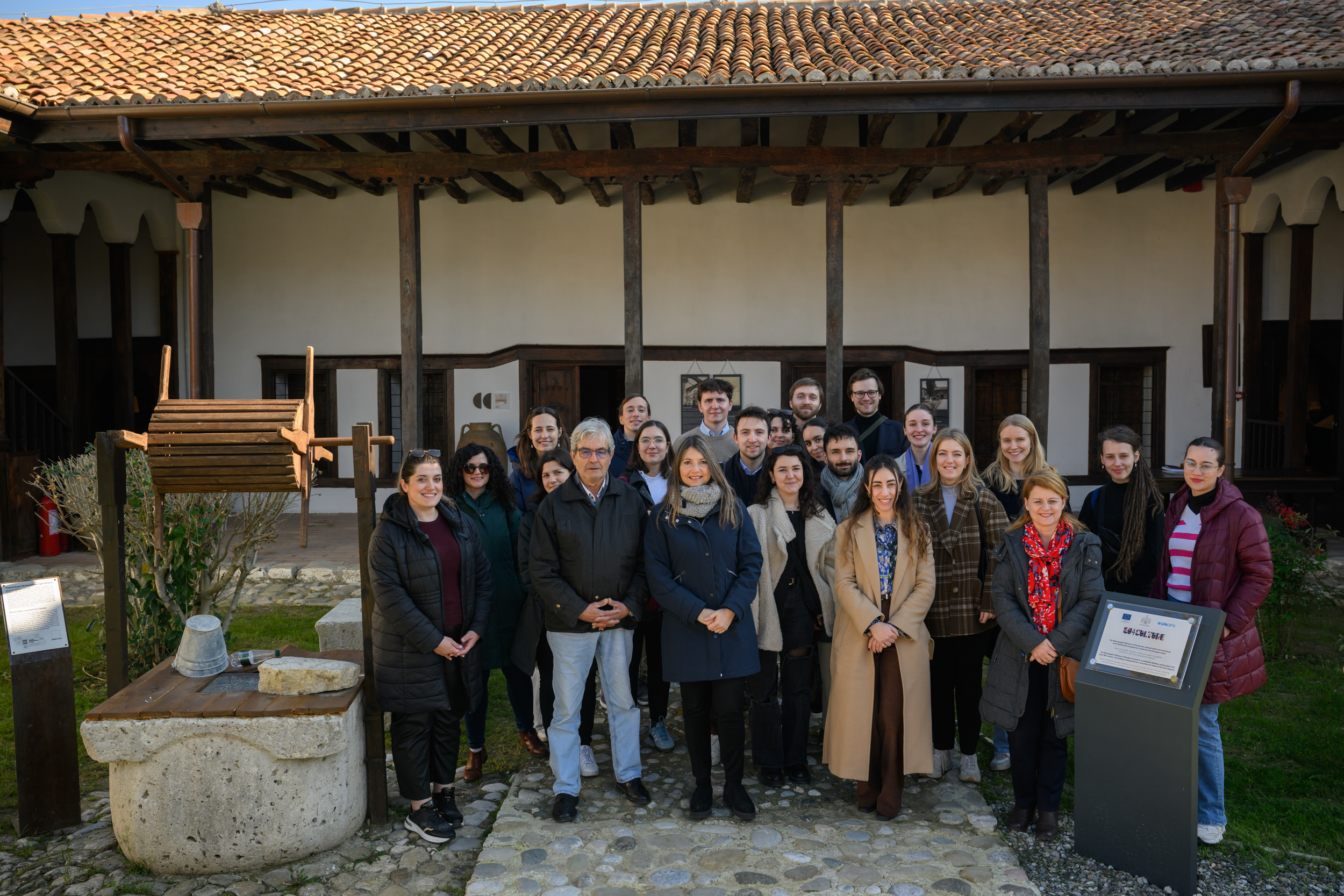
On February 19th, the EU4Culture team had the pleasure of welcoming trainees from the European Commission’s Blue Book traineeship programme, representing the Directorate-General for Enlargement and Eastern Neighbourhood (DG ENEST) and the Directorate-General for the Middle East, North Africa, and the Gulf (DG MENA). The trainees came from different countries including Austria, Czech Republic, France, Germany, Hungary, Italy, Romania, Spain, and Sweden, and visited the newly restored Kavaja Ethnographic Museum. This visit provided a valuable opportunity to explore Albania’s cultural heritage and witness firsthand the tangible impact of EU-supported projects.
For many trainees, this visit was their first encounter with Albania’s cultural traditions.
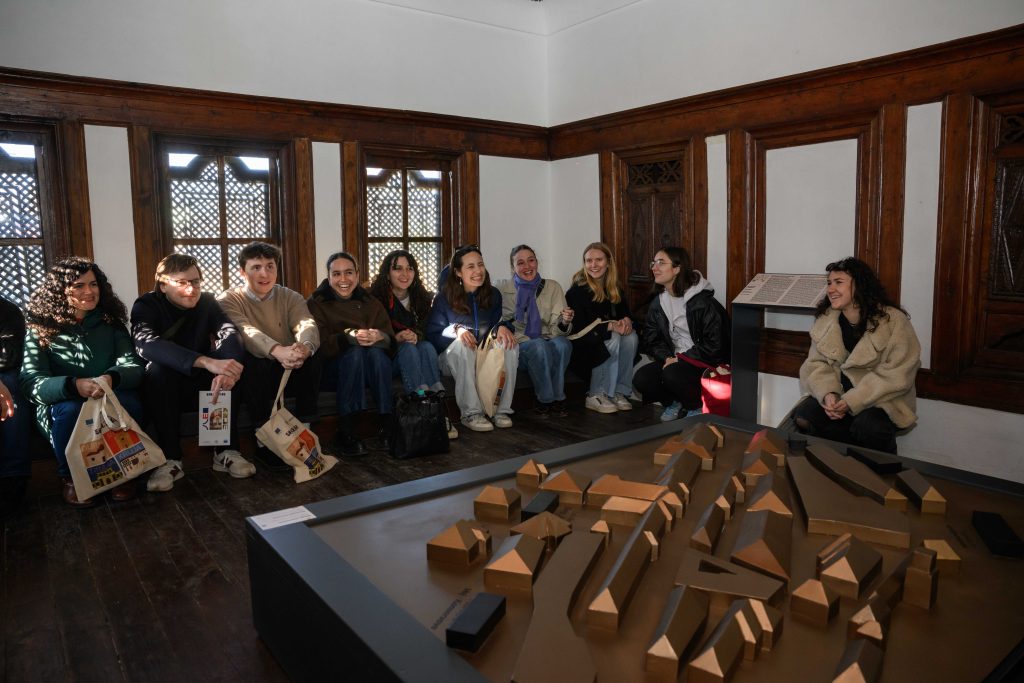
“When people think of Albania, they often picture Tirana, but this was a great opportunity to explore another city, such as Kavaja and its unique heritage,” said Lorena from Spain, currently working at DG MENA. “The museum was beautiful and engaging, with authentic artifacts that provided a real sense of Albania’s past,” she added.
The Kavaja Ethnographic Museum, originally a 19th-century house belonging to the Arkanxhi family and converted into a museum in 1971, now houses over 800 artifacts depicting everyday life, customs, and traditions of historic Albanian families. Severely damaged in the 2019 earthquake, the museum was restored through the EU4Culture programme with an investment of over one million euros in both structural rehabilitation and modernization.
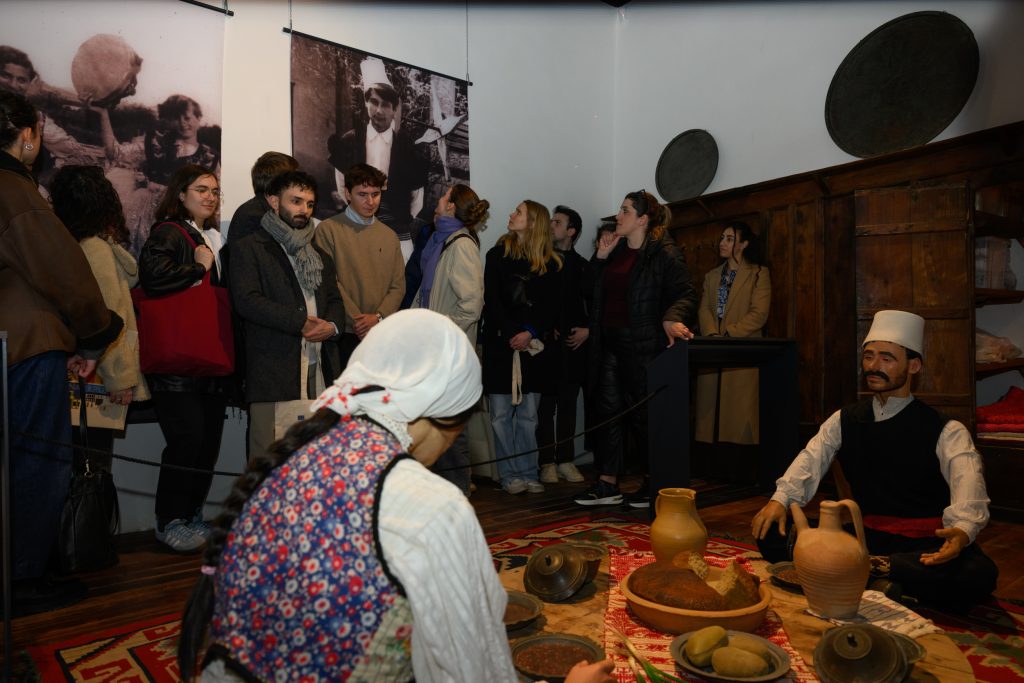
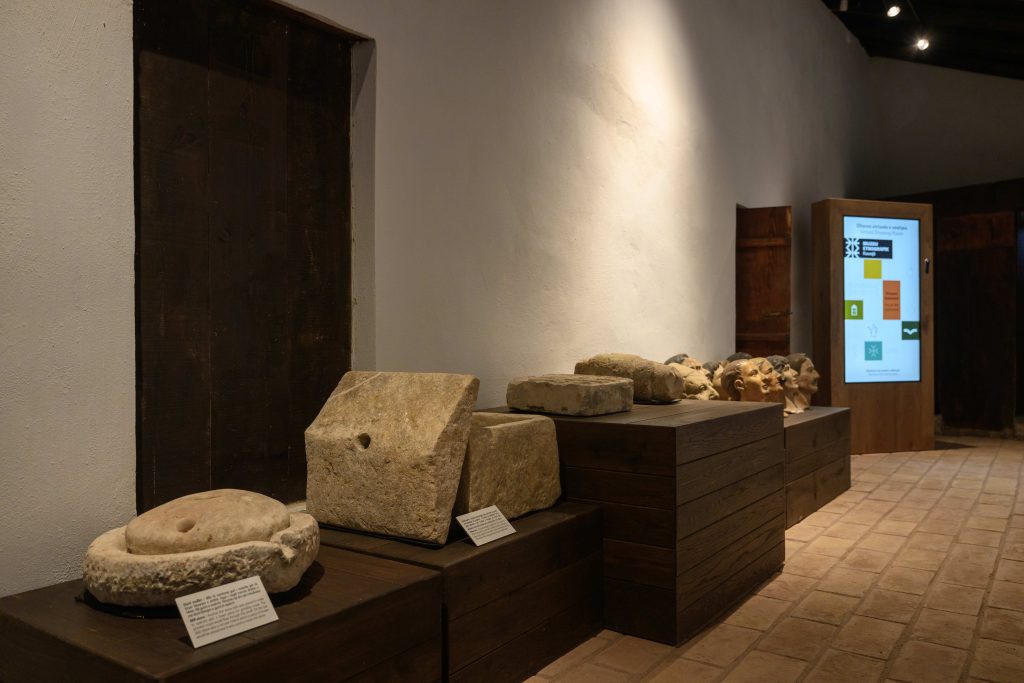
“The EU4Culture programme takes a holistic approach to revitalising Albania’s cultural heritage, including transforming museums into modern and dynamic educational centers, maintaining their authenticity while integrating innovative technologies like digital storytelling and multimedia products. This aims to make culture more interactive, accessible and relevant for both present and future generations,” said Pamela Lama, EU4Culture Senior Programme Manager.
“I had heard about the EU4Culture programme before, but seeing a concrete project like this made its impact much more concrete. The attention to detail in the restoration was remarkable,” noted Adrian Kreuzspiegl from Austria.
The museum’s new design merges modern technology with tradition, offering visitors interactive experiences such as a virtual dressing room, augmented reality installations, and multimedia storytelling.
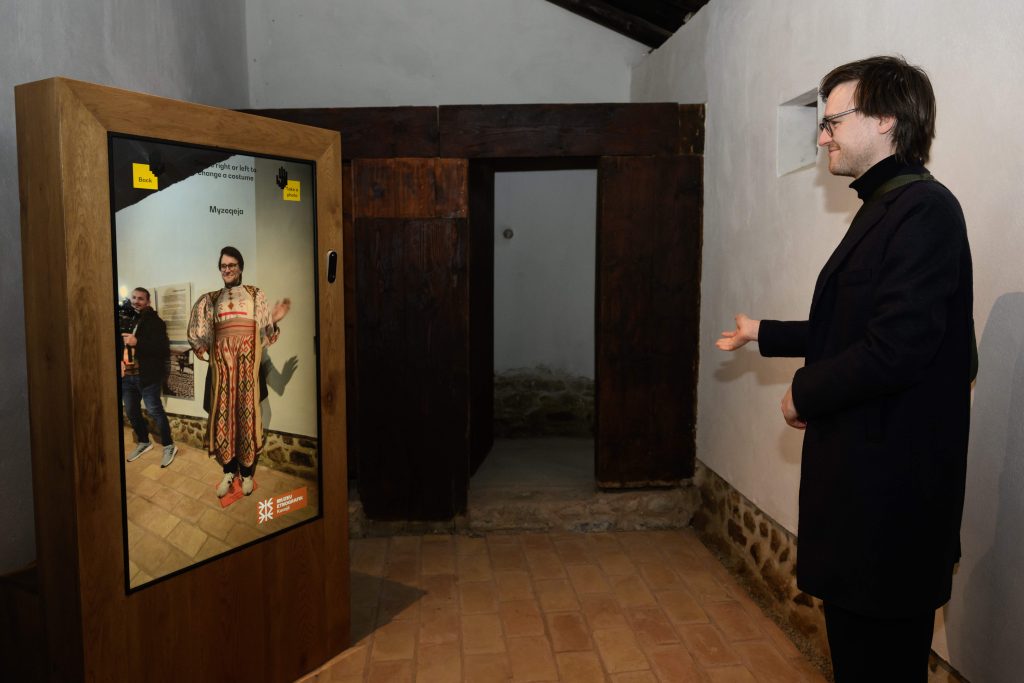
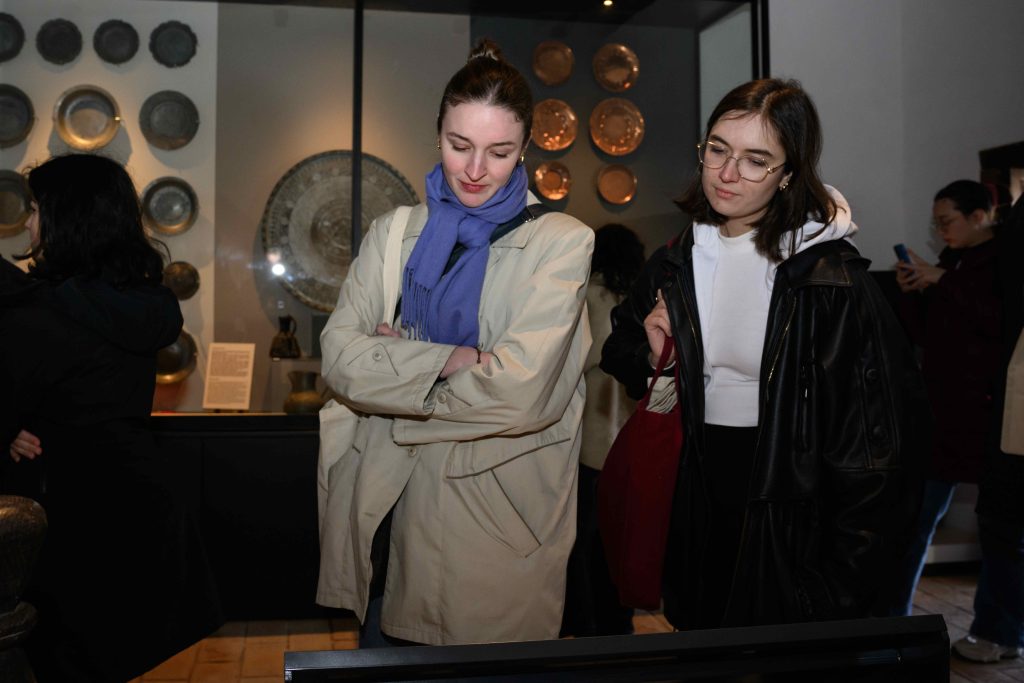
“It was fascinating to see how history and innovation blend together. Beyond learning about Albania’s cultural heritage, this visit also highlighted the country’s partnership with the European Union,” said Luca Saviolo from Italy, part of DG ENEST.
During their visit, the trainees engaged and played with the interactive displays. They also gained insights on how cultural preservation can drive sustainable tourism, economic development, and education within communities.
Through the EU4Culture programme, the trainees saw how EU support translates into meaningful action, reinforcing the role of cultural projects in strengthening local identity and fostering sustainable development. This experience provided a valuable perspective on how their future roles within the EU can contribute to impactful projects that create long-term benefits for local communities.
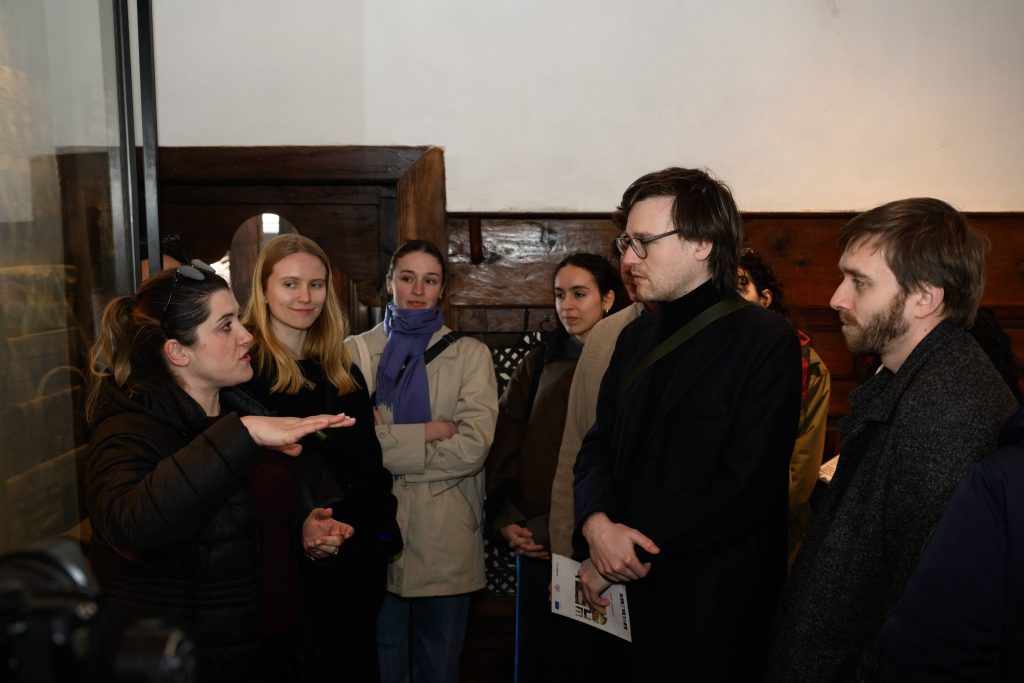
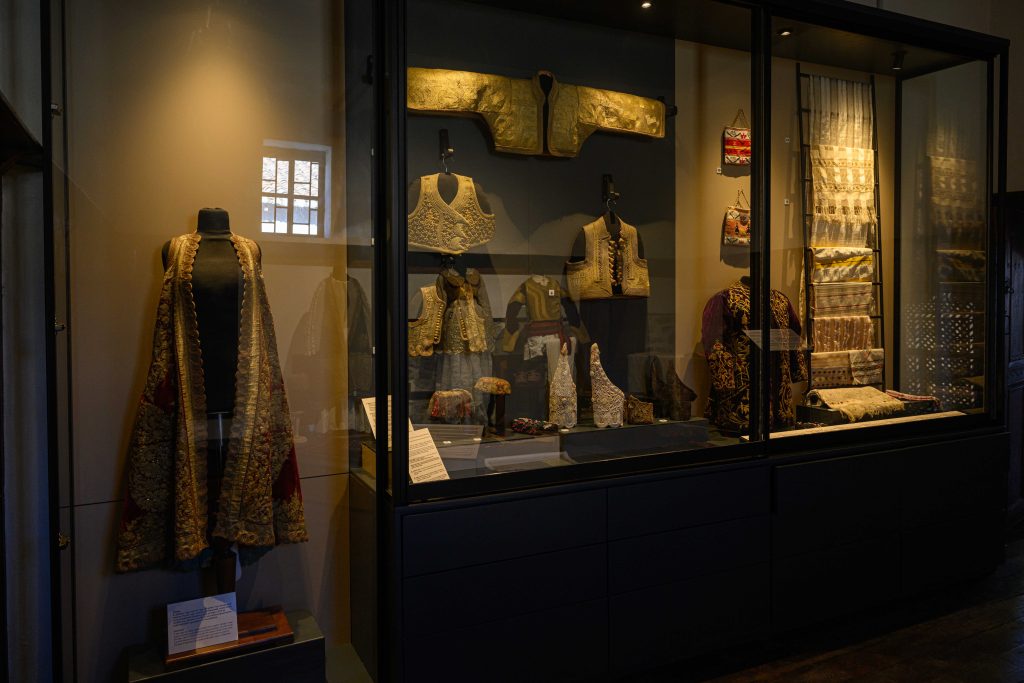
Watch the video to learn more about this visit!



